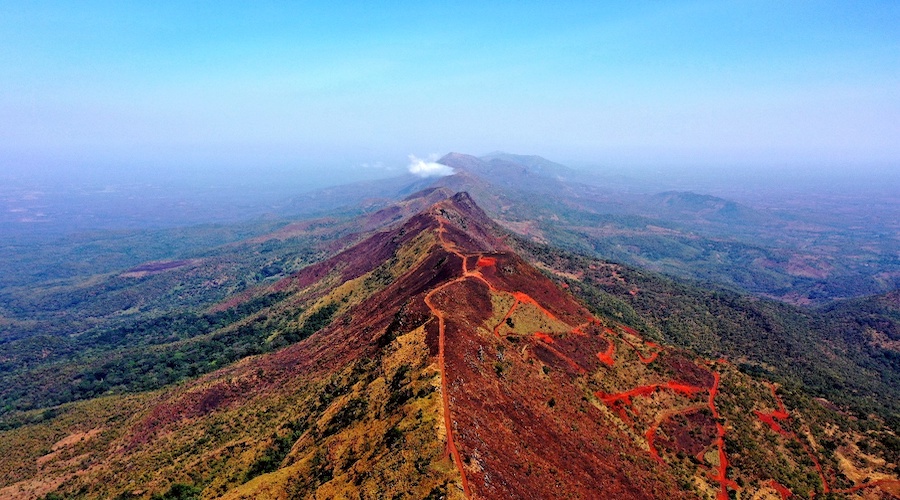Conakry, Guinea – A fatal accident has once again disrupted operations at the Simandou iron-ore project, one of the largest and most strategic mining developments in the world. Winning Consortium Simandou (WCS) has halted work after three foreign workers lost their lives in an incident at its site in Kerouané province.
According to WCS, emergency procedures were activated immediately, but medical teams were unable to save the victims. The company confirmed that an investigation is under way and that mining activities will remain suspended until safety standards are reassessed.
The tragedy follows another workplace death in August at the SimFer concession operated by Rio Tinto and Chinalco, underlining a troubling pattern of safety risks. In total, at least 14 workers have died at Simandou since late 2023, putting Guinea’s flagship mining project under increasing scrutiny.
Simandou: Guinea’s Gateway to the Global Iron-Ore Market
Located in southeastern Guinea, Simandou is considered the world’s largest untapped high-grade iron-ore deposit, holding an estimated 2.2 to 2.8 billion tonnes of ore with iron content above 65%. Once fully operational, Simandou could produce up to 120 million tonnes annually, reshaping global supply chains and challenging dominant producers in Australia and Brazil.
The deposit is divided into four blocks:
- Blocks 1 & 2 are managed by WCS, a consortium backed by Chinese, Singaporean, and Guinean stakeholders.
- Blocks 3 & 4 are operated by Rio Tinto, Chinalco, and the Guinean state.
Bringing Simandou online requires building more than 600 kilometers of railway across Guinea and a new deep-water port on the Atlantic coast, making it one of the most expensive mining projects in Africa, with costs exceeding $11 billion.
Worker Safety Under Pressure
The latest accident highlights growing concern over workplace safety at Simandou. Internal audits and reports suggest that over 40 accidents have taken place in the past two years, many linked to railway and port construction.
Safety reviews have identified weaknesses in medical facilities, inconsistent emergency responses, and gaps in compliance with international health and safety standards. In some cases, families of victims have reportedly been asked to sign legal waivers, raising questions about transparency and accountability.
Guinea’s military-led government, which views Simandou as a “bridge to prosperity,” has pledged stricter oversight. Officials have warned consortium partners that failure to uphold safety standards could delay permits and trigger financial penalties.
Risks to Timeline and Investor Confidence
The Simandou project has faced decades of delays due to political disputes, ownership battles, and corruption scandals. Now, safety lapses risk further postponing the long-awaited start of iron-ore exports, currently targeted for late 2025.
Analysts warn that repeated fatal accidents could erode investor confidence and damage the reputations of the companies involved. For Guinea, the stakes are high: Simandou is expected to create thousands of jobs, boost infrastructure, and generate billions in revenue.
Outlook
Simandou represents both a historic opportunity and a critical test for Guinea’s mining sector. While the project could transform the country into a global iron-ore powerhouse, its future now hinges on whether operators can deliver iron ore safely and responsibly.
As one mining expert noted, “If Simandou is to succeed, worker safety must be at the heart of the project, not an afterthought.”







